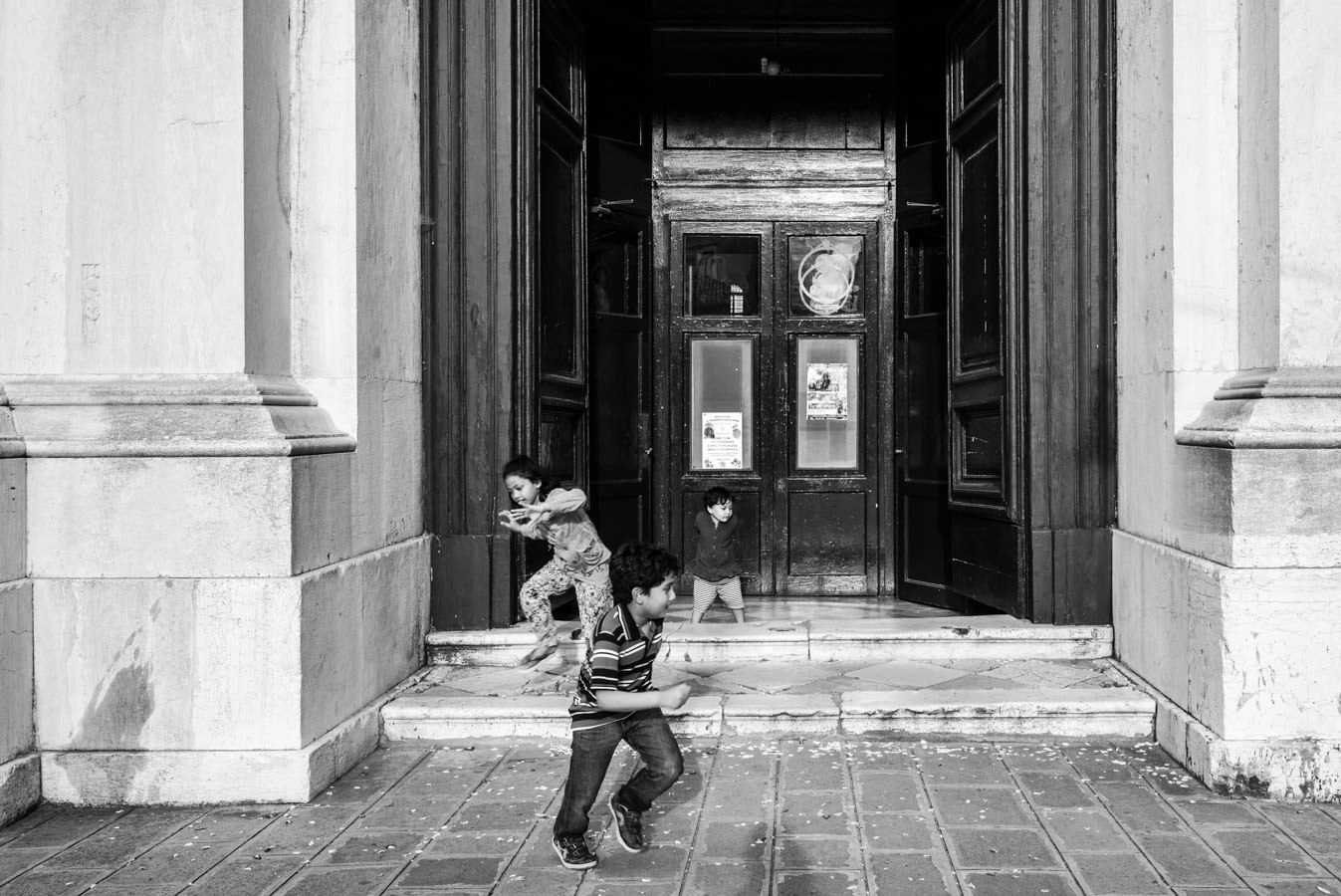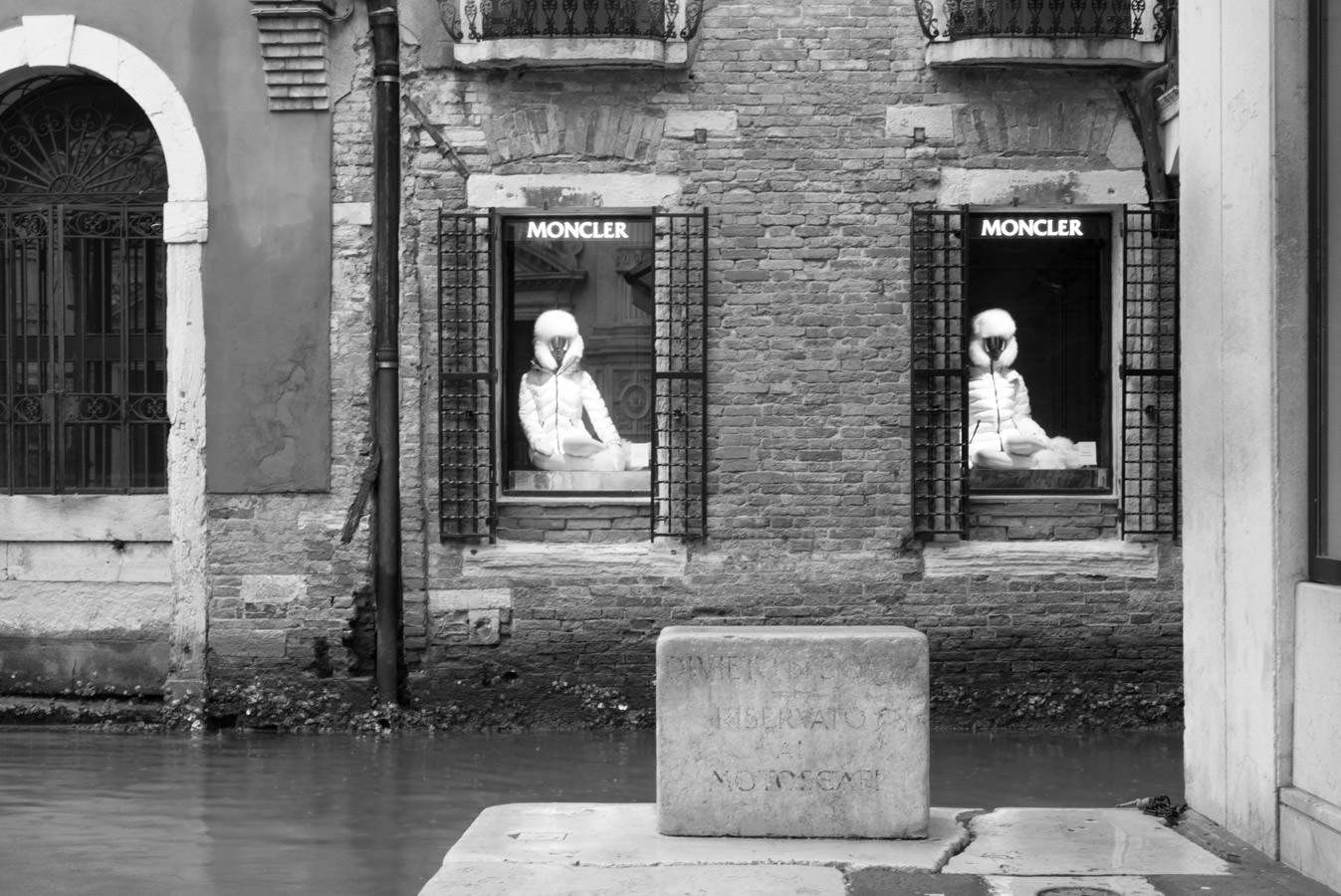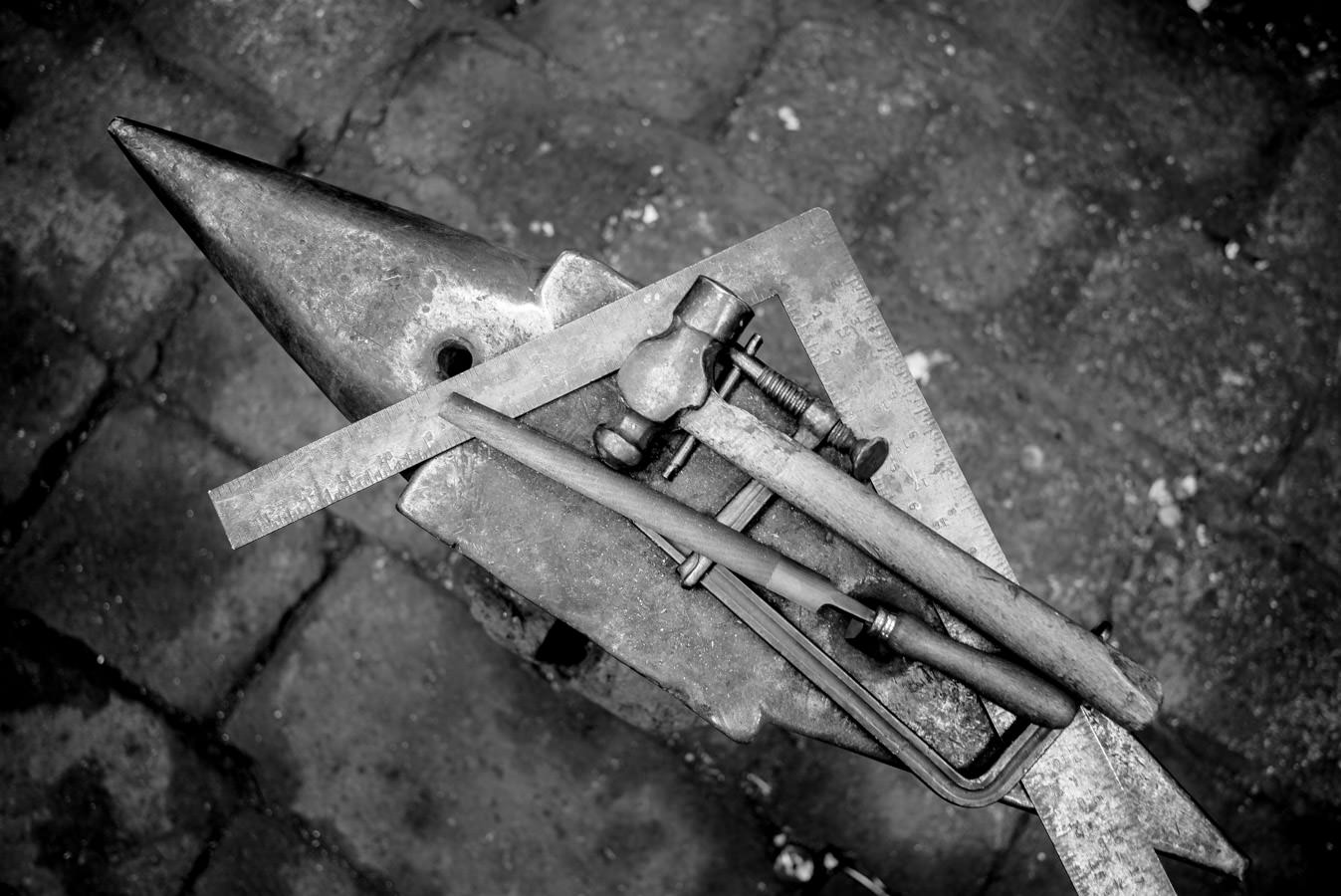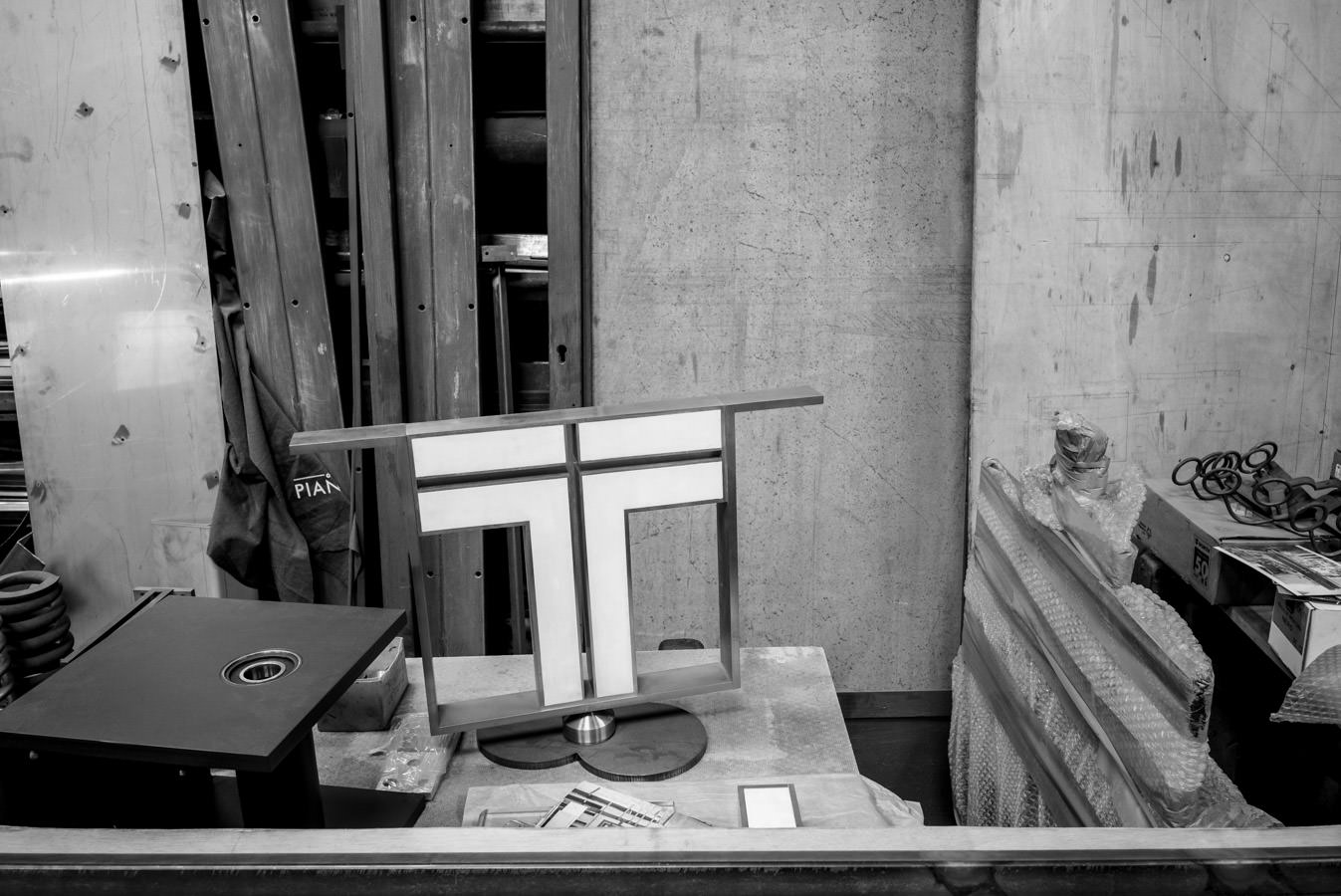Photo of interiors in the Venice's Ghetto.
We can probably find them every morning reading the newspaper in the Ghetto.
These two men's names are Emilio and Carlo. I photographed Emilio some years ago for my book about the construction of the gondolas, as he is one of the artisans working on the wooden decorations on the top of the seats. Emilio is the owner of this place, which was, many years ago, a shop of olive oil. They were so interesting in reading their newspapers, that I could easily prepare my Gitzo tripod and use a long shutter speed such as 0,7"; f/3,4 and iso 200, in order to keep the maximum quality of my Leica M 240.



























